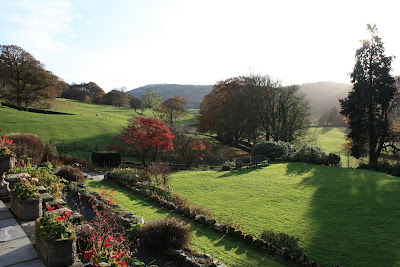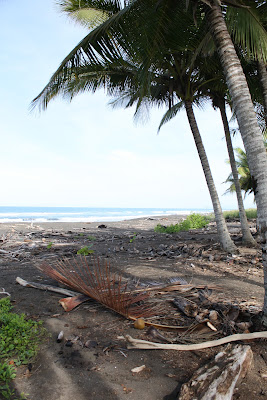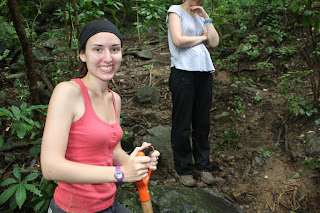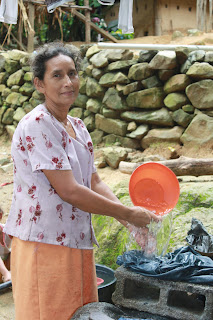
I don't know how many of you have been eagerly sitting down for the evening to watch the BBC's Frozen Planet lately, but I have been watching with great interest. Most of us can only dream of seeing polar bears, penguins, wolves and other animals in their natural Arctic and Antarctic habitats; but whilst Sir David Attenborough is still doing what he does best, there's no need to break the bank with a flight to that icy wilderness. Instead, we can be treated to awe inspiring footage and documentary from the comfort of our sofas.
Polar Bears in San Diego
Now it may not have been in arctic conditions, but I had the pleasure of seeing polar bears on a visit to San Diego Zoo in California back in 2008. It astounded me that despite the sheer size and weight of a polar bear - typically the head and body measures between 7.25 to 8ft (2.2 to 2.5m) and they weigh in between 900 to 1,600 lbs (410 to 720kg), the polar bears moved so effortlessly through the water in their enclosure. I was surprised to hear on the Frozen Planet that they can swim up to 50 miles per day through the Arctic waters. Due to the effects of global warming polar bears are forced to swim greater distances to reach land, which usually results in the unfortunate loss of their cubs. Earlier this year, the longest polar bear swim was recorded at 426 miles straight (687 kilometres). Click here to read the full story.



Jackass Penguins in Betty's Bay, South Africa
Whilst the Antarctic is home to Emperor and Adélie penguins amongst others, if you want to get up close and personal with penguins without having to get the thermals out, head to Betty's Bay in South Africa. Located at Stony Point on the garden route, Betty's Bay is home to the Jackass penguin (also known as the African penguin). African penguins are found in coastal areas from Namibia to South Africa. They are called Jackass penguins because they make a sound that is very similar to a donkey's bray.
The colony is located on the mainland and can be easily seen from the viewing platform. I was lucky enough to get very close to the penguins and filmed a short video clip of them getting blown about by the wind!
Click the video below to see Mummy penguin & baby penguin!



 |
| A breathtaking view of Betty's Bay, South Africa |











































